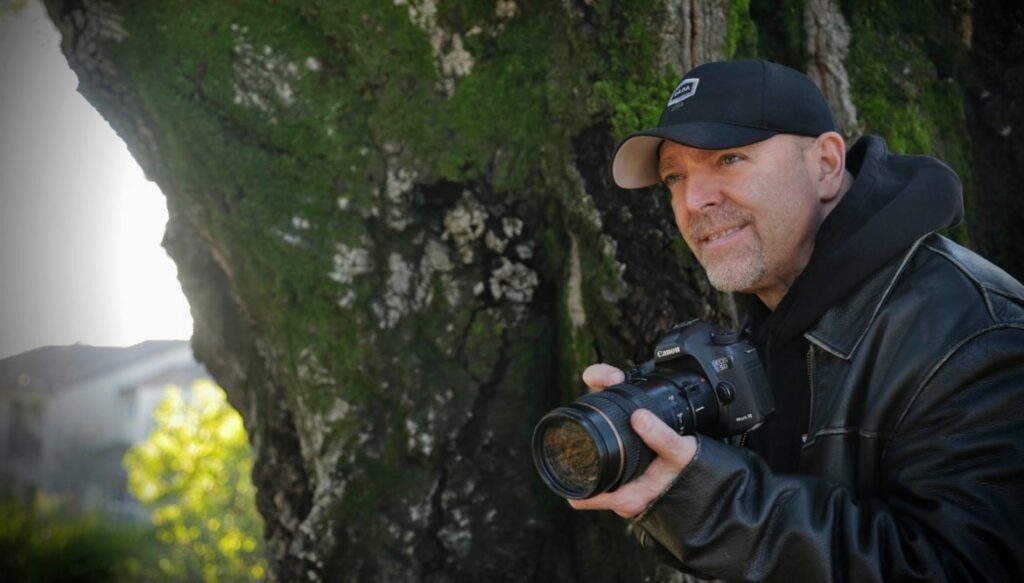Best 8 Interview and Job Seeking Tips

1. Breathe life into your interview: Strategically delve into your past successes and develop stories and interesting anecdotes, with details, to make your capabilities come alive and become memorable. Practice delivering these stories and highlight the skills they demonstrate that relate to the position you are applying to. 2. Use props: Bring something unexpected to your interviews to create curiosity […]
Local career story: Will Bucquoy – from auto industry to photographer

Sonoma County through the lens of Silicon ValleyProfile #1: Will Bucquoy, photographer “Photography is not a job. I’m telling stories in a single image and I love it.” – Will Bucquoy. The photographer doesn’t realize it but I’m seeing him through a lens of my own — a Silicon Valley lens. As a transplant from the […]
From law office to the farm? A reader wonders if it’s possible.

Hi Joan,I am 50-something and have always been interested in farm life. I am currently enrolled at Sierra College for a degree in sustainable agriculture. I have been a secretary since I graduated secretarial school in 1978 . I have been a legal secretary for the past 27 years and am ready to get out […]
Silicon Valley to Sonoma County- LOCAL career stories

Yes, Joan, you’re not in Silicon Valley anymore. What if I showed you Sonoma County through Silicon Valley eyes? I realize in starting this third year as a Santa Rosan that I’m choosing to stay close to home to enjoy my “Sonoma County lifestyle.” I am crazy about the beauty — the hiking trails and […]
